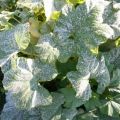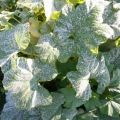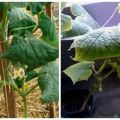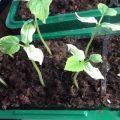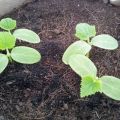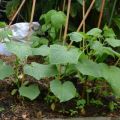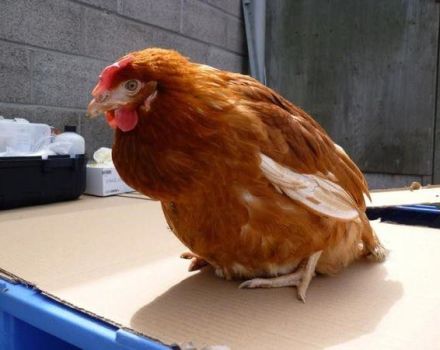How to process cucumbers for diseases with folk remedies
Like any horticultural crops, cucumbers are susceptible to a number of different diseases, which have to be treated with the help of special chemicals. This method is best suited for agricultural complexes, however, in garden conditions, the treatment of cucumbers for diseases with folk remedies is the most effective.
It should be noted that it is easier to prevent any disease than to fight it, therefore, the prevention of treatment of cucumber plants is of particular importance when caring for seedlings, moreover, this will significantly save your money and effort.
As practice shows, the main period when cucumbers are exposed to various diseases falls on the flowering time, it follows from this that the preventive treatment of the plant is best carried out at the development stage (when the first flowers appear).
Preventive treatment of cucumbers
For preventive purposes, for spraying the leaves of cucumber plants, it is customary to use:
- Milk mixture with the addition of 30 drops of iodine and three tablespoons of grated laundry soap. It is recommended to apply this solution every ten days throughout the entire period of fruit ripening. It is an effective, versatile blend that experienced gardeners can use to treat beneficial plants such as cucumbers.
- For the treatment and protection of cucumbers from fungal diseases, an ash solution is used, which also serves as a foliar feeding of the plant. To make an ash solution, it is necessary to pour sifted wood ash with two liters of boiling water and add a little grated laundry soap. For preventive purposes, the mixture is used once a week, and when the first signs of fungal diseases appear, the plants should be sprayed 2-3 times a week.
- Another great remedy for preventing fungal diseases of cucumbers is a solution based on rye bread, 30 milliliters of iodine and water. Cool the solution before use.
Tip: regularly spraying cucumbers with this solution will increase the yield and the rate of fruit ripening.
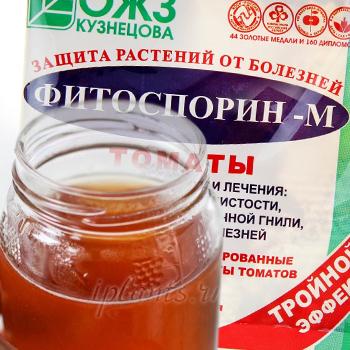
If preventive measures do not help and mold, fungus, holes or spots appear on the leaves of the cucumbers, then you should proceed to the treatment of cucumbers with folk remedies or chemicals. An effective remedy is the biological product "Fitosporin".
Recommendations of experienced gardeners for growing cucumbers:
- If cucumbers at the flowering stage are dominated by small flowers, a light shade of the fruit and thin lashes, then the cucumbers lack nitrogen.To prevent this, you should regularly feed the plant with a mullein mixture. To prepare the mixture, you will need: 8 liters of water and one liter of mullein.
- If the shape of the cucumbers is more rounded, and the body narrows near the stalk, then the fruits lack potassium. The lack of potassium can be replenished with the daily use of wood ash diluted in water (one liter solution for one cucumber bush).
- After all the cucumbers are collected, it is necessary to clean the beds from weeds, roots (disinfect the beds with a solution of copper sulfate). Such prevention will protect your crop from fungal and other diseases for several years to come.
Treatment of cucumbers with folk remedies
When planting cucumbers, it is worth paying special attention to the condition of soil rocks, soil moisture, as well as day and night temperatures. If at least one of the above criteria is violated, holes, spots and other signs of serious diseases may appear on the leaves of cucumbers. To combat diseases of cucumbers, two methods are used: chemical and household (using folk remedies).
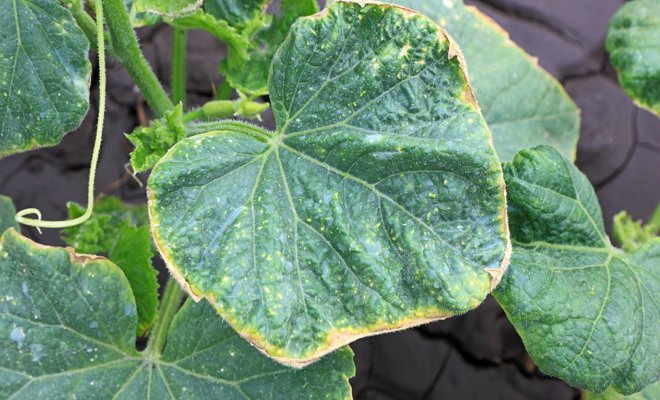
Low manufacturing cost and high efficiency of use persuade experienced gardeners to use traditional, folk methods of dealing with plant ailments. Some homemade solutions compare favorably with commercial preparations. For each disease, several effective homework tips have been developed. Let's take a closer look at them.
Downy mildew on cucumber leaves
The main symptom of this disease is the appearance of small white spots along the edges of the leaves of the plant (outwardly, the spots resemble flour, photos of leaves prone to the disease indicate this).
In addition, cucumber leaves can change their color to a reddish brown hue and dry at the edges. The consequence of powdery mildew can be the termination of the fruiting of cucumbers.
Homemade preparations for the treatment of downy mildew:
- Serum based on copper sulfate. To prepare it, you need 7 liters of water and several tablespoons of vitriol. The two substances are evenly mixed and sprayed on the bushes of the plant up to twice a week.
- Garlic tincture. Take 30 grams of crushed garlic, fill it with a liter of boiled water and leave the tincture in a dark, cold room. After preparing the infusion, dilute it with 9 liters of water. At the first sign of downy mildew, it is necessary to spray the infected areas with this solution.
- Cucumber fruits should be sprayed with potassium permanganate solution. This is probably the most famous and effective remedy for downy mildew. Dilute 2 grams of potassium permanganate in ten liters of water.
Powdery mildew and its treatment
Outwardly, powdery mildew differs from false only in the place of distribution of white bloom. The white bloom gradually spreads over the entire leaflet and fills the underside of the leaf, after which the leaves acquire a yellow tint, become drier and more fragile.
Homemade preparations for the treatment of powdery mildew:
- The use of whey in a ratio of one to ten liters of water. After processing the leaf of the plant with this serum, a thin film forms on it, which does not spread the fungal disease.
- For the treatment of powdery mildew, decoctions of nettle, wormwood or tansy are also used.
- A universal folk remedy for combating fungal diseases is mullein solution. For its preparation it is necessary: dilute one liter of mullein into three liters of water, let it brew for three days. Before spraying the plants, the prepared solution should be diluted in three liters of water.
- The ash solution is used to prevent the growth of fungal bacteria, as well as to treat the leaves of cucumbers for powdery mildew. The recipe for preparing an ash solution is quite simple: pour one glass of ash with two liters of water and leave to infuse for 2-3 days. The leaves should be treated with a solution at least twice a week, having previously filtered the solution and added 4 grams of laundry soap to it.
Treatment of white rot
White rot is one of the most serious infectious diseases that is dangerous for most garden plants, including cucumbers. A distinctive feature of this disease is the appearance of a white bloom.
If the damaged areas of the plant are improperly processed, it can begin to darken, and subsequently completely die. White rot spreads not only to the leaves of cucumbers, but also to the fruits and stems of the plant.
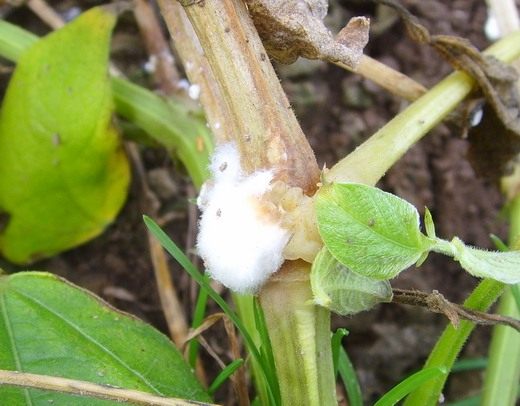
This pathology occurs on cucumbers as a result of an incorrect temperature regime in a greenhouse or greenhouse. Insufficient air circulation in the greenhouse or closely planted plant beds can lead to the accelerated spread of white rot. The danger of this disease lies in its latent form.
The main method of combating white rot is the timely disinfection of soil rocks or a greenhouse, as well as the use of a special mixture of 2 grams of copper sulfate, 10 liters of water and 10 grams of urea. Important: before using the mixture for spraying the affected areas of the plant, it must be shaken.
Olive spot
Outwardly, this disease is represented by a large number of small damage to the leaves of the plant (spots and ulcers). The spots are often olive-colored.
The main reason for the emergence of olive spot is inadequate care of the flowering cucumbers. The spread of the pathological process is due to heavy rainfall and wind.
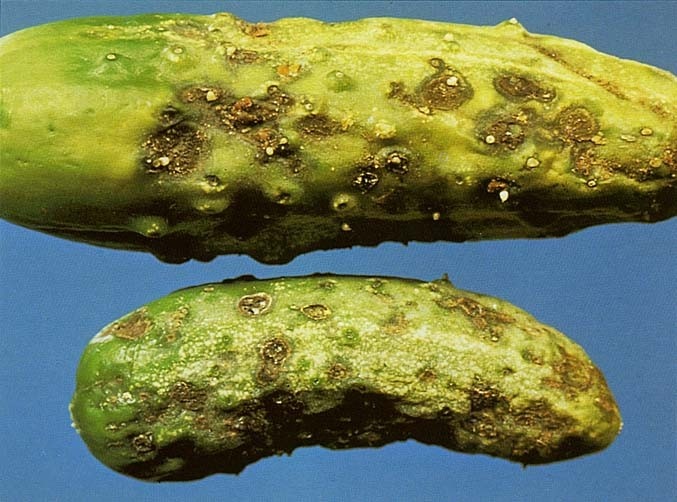
It is necessary to treat olive spot with a special solution based on liquid laundry soap and copper sulfate. To prepare the medicine, take 10 liters of water, 40 grams of laundry soap and 40 grams of copper sulfate.
Root rot
The reason for the spread of root rot, experts say, is the frequent watering of the plant with cold water, as well as high humidity in the greenhouse and high soil temperature. Signs of the disease are small cracks, which are easy to get rid of with a preparation with the following composition: 60 grams of wood ash. 5 grams of copper sulfate, 0.5 liters of water. With an advanced stage of the disease, cracks must be treated with ash, activated carbon or dry chalk.
Folk remedies for diseases of cucumbers:
- Iodine solution. Mix in a 1: 2 ratio of water and iodine, and process the stems of the plant with the resulting mixture. Every 3-4 days, the stems and leaves of cucumber plants should be treated with this preparation.
- Milk mixture with iodine. To make this product, you need to: mix 1 liter of milk, 30 drops of iodine, 10 liters of water and 15-20 grams of chopped laundry soap. It is recommended to use this solution no more than once every 10 days (until the development of root rot stops).
Spider mite infectious disease and its treatment
The spider mite is considerably small (its length can reach only 1-2 millimeters). The mite has a specific color (it can be brown, yellow or green). At the initial stages of the development of the disease, it is almost impossible to detect a tick.
The spider mite is located on the back of the plant leaf, sucks in the juice of the cucumber, thereby leaving round holes on the leaves.
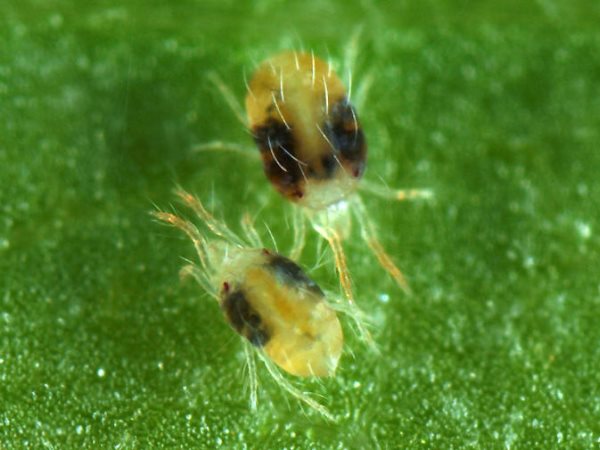
To combat spider mites use:
- Infusion of garlic.Chop 50 grams of garlic, add 0.5 liters of water to the mixture, let the broth infuse, then filter the infusion and place with the same amount of water. Spraying water should be done in the evening at least twice a week.
- Pepper based solution. Cut hot peppers into small pieces, add a little water and send the mixture to simmer over the fire for 50-60 minutes. Place the finished mixture with water in a 1: 3 ratio.
- To combat spider mites, a solution of perhydrol is also suitable (60 milliliters of 3% of the substance per 3 liters of water).
- Dry tobacco fingers will also be an excellent prophylactic agent for combating spider mites. It should be sprayed onto the wetted leaves of the plant.
Melon aphid
The greatest danger to cucumbers is the melon aphid. This small green or black insect is capable of decaying the plant in the shortest possible time.
The main remedy for aphid control is an infusion of wood ash, laundry soap and water. The solution must be left to infuse for a day, then mix thoroughly and apply to the damaged areas of the plant with a sponge. In addition, this solution can be used as soil moisture.
Anthracnose treatment
An infectious disease such as anthracnose is characteristic of greenhouse cucumbers. The disease is characterized by active sporulation of the fungus on the infected parts of the plant. The spores are close together and can coalesce into large spots. Also, disputes can move on to the change of infected fruits.
For the treatment of anthracnose, a 5% mixture of copper sulfate is used with the addition of honey, lime and activated carbon.
Output
Diseases of cucumbers and their treatment is not particularly difficult, therefore, it is quite possible to get rid of infectious diseases with the help of simple folk remedies. The question to answer: "how to treat cucumbers from diseases with folk remedies" you now know. However, it is worth noting that the effectiveness of drugs depends on the degree of infection of the plant, and often the solution can be only prophylactic, not therapeutic. In case of significant infections of cucumbers, it is worth using chemicals.


